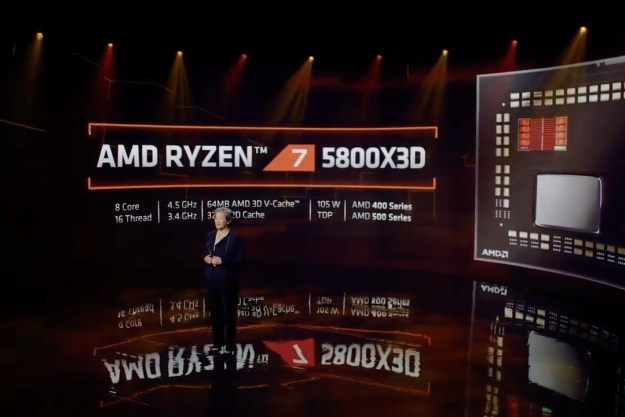
As it turns out, hacking a 3D printer could lead to all kinds of problems. As Christian Bayens, a researcher on the project from Georgia Tech, told Digital Trends: “A hacker could sabotage a larger manufacturing process by printing parts that would fail prematurely when in use. Outside of that, he or she may want to sit in the system quietly to acquire intellectual property to sell later.”
To counter this threat, what the Rutgers and Georgia Tech researchers have developed is a smart sensor-based system that uses multiple methods to check your 3D printer is performing as you’d want it to. The system could be retrofitted into existing printers, and the relatively low cost of the sensors involved means that it would also be affordable.

It uses three separate safeguards to search for intruders. For starters, the system looks for changes in the printer’s sound, which may be an indicator that malicious software has been installed. Secondly, it searches for anomalies in the movement of the printer’s extruder and other components, meaning divergences from the consistent mechanical path they would normally follow. Finally — and most inventively — the system injects tiny gold nanoparticles into the printer’s filament to make sure that, when an object has been printed, these are distributed as would be expected. (These gold nanoparticles aren’t visible to the naked eye, and have been tested to ensure they don’t have a detrimental impact on a 3D-printed object’s integrity, either.)
If a 3D printed object passes all three tests, researchers are confident that it means your printer has not been hacked. If it fails one (or even all three!) it means you may well have a security problem on your hands.
Currently the system is in the research stage, and is not yet something that’s available for customers to buy. However, the researchers are working to expand it and turn it into something that will be available to the masses. The research was presented this week at the USENIX Security Symposium in Vancouver. A paper describing the project can be read here.
Editors' Recommendations
- Nvidia turns simple text prompts into game-ready 3D models
- Some Ryzen CPUs are burning up. Here’s what you can do to save yours
- Destructive hacking group REvil could be back from the dead
- AMD Ryzen 7 5800X3D details leak, and there’s some bad news
- AMD’s revolutionary 3D V-Cache chip could launch very soon


